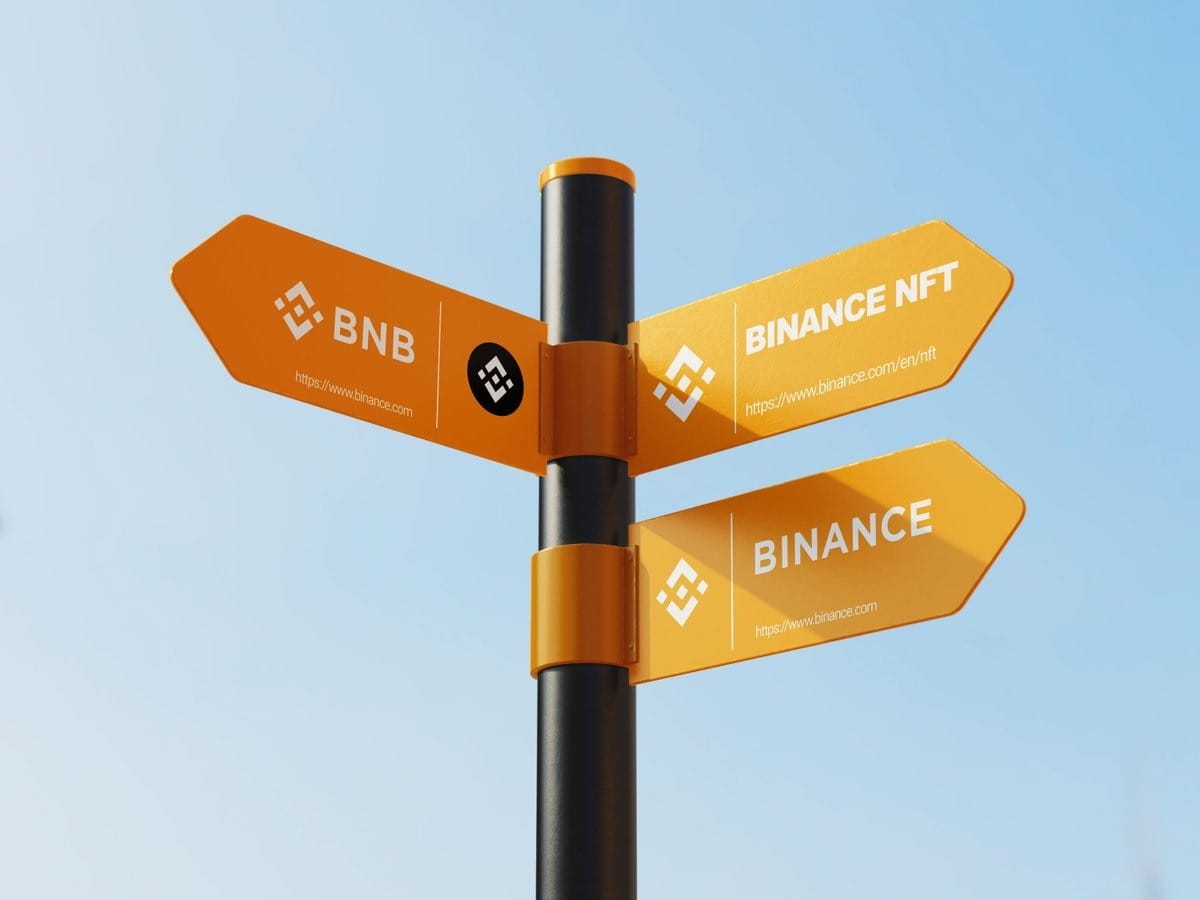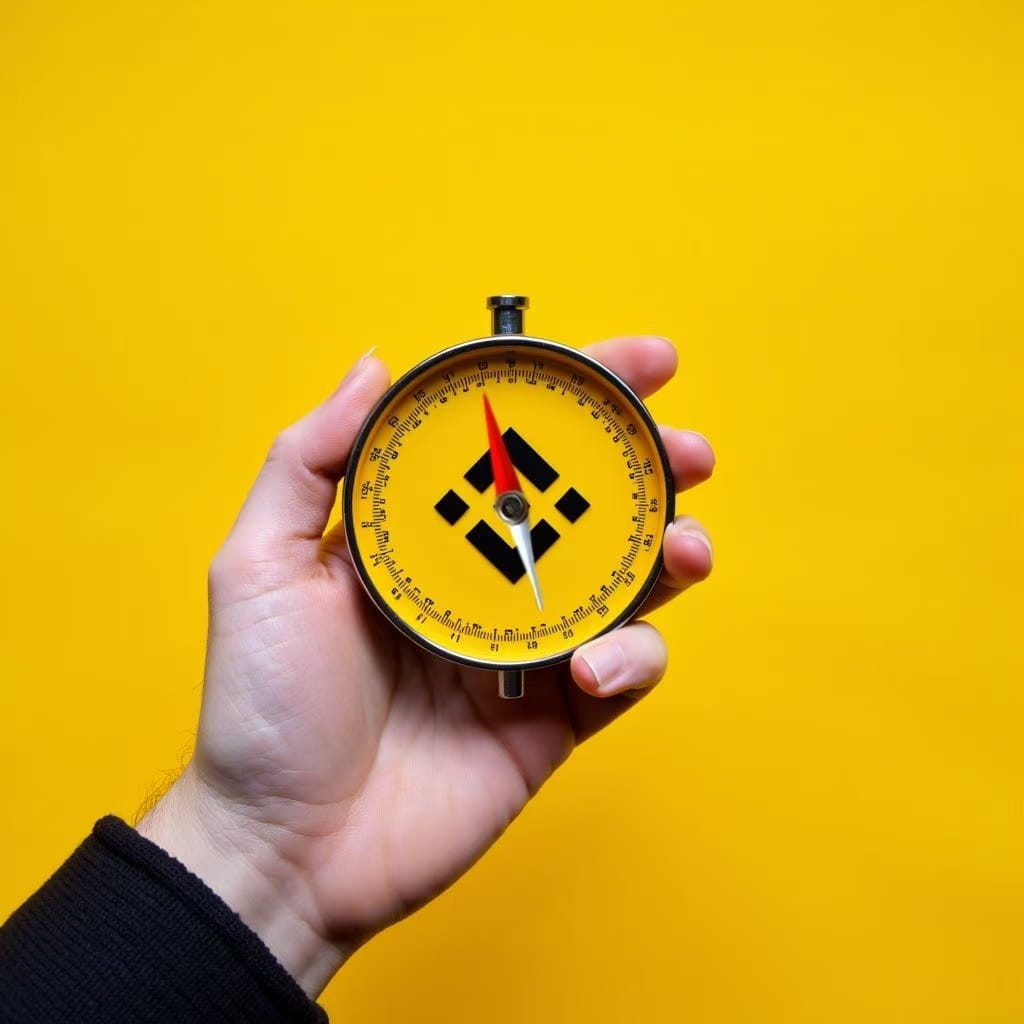From transaction fee discounts in 2017 to national treasury assets in 2025, how has #BNB come this far step by step?

(1) 2017–2018: Transaction fee discounts = Everyone should buy some BNB
Those were the craziest years in the crypto space.
Not long after Binance launched, the rule was — use BNB to pay transaction fees and get a 50% discount.
Almost all my friends were caught by this move:
Before every transaction, the first thing to do is to buy some BNB to keep.
Even buying just a few dozen dollars' worth of BNB can save you a lot in transaction fees.
At that time, people in the group would brag every day: 'Today I saved 10U in fees, all thanks to BNB.' (At that time, trading pairs were mainly ETH and BTC)
That feeling of 'saving money instantly' was the most genuine need of users. Many people bought BNB for the first time because of the fee discounts, and have held it ever since.
(2) 2017–2018: VIP level system = 'How much you hold determines who you are.'
Not long after Binance launched, they designed a VIP level system. The amount of BNB you hold directly determines whether you are an ordinary user or a high-end user.
What impressed me the most was the API players back then:
VIP1 can enjoy lower transaction fees;
VIP3 starts with higher API speed limits, allowing more orders;
Higher levels also get exclusive managers to help solve problems.
The popular saying in the community at that time was: 'It's not that you can't do it, but that you don't have enough BNB.'
From this step onward, BNB became an identity token: how much you hold is not only a wealth gap but also a status gap.
(3) 2018–present: Quarterly destruction = Ritual sense of scarcity
Binance announces the destruction of BNB every quarter.
Initially destroying hundreds of thousands, later gradually reaching millions.
I remember the first time I saw the official announcement; the community exploded —
'So there really is destruction, it's not just talk!'
Everyone would take screenshots of announcements to spread in WeChat groups/microblogs, 'BNB has gone down a little again.' (At that time, it was still on Weibo)
Later in 2021, it was upgraded to Auto-Burn + BEP95, automatically calculating the destruction amount based on trading volume and price, transparent on-chain.
This mechanism makes people feel 'with every transaction, I am making BNB scarcer,' creating a sense of co-creating value. The deflationary expectations of BNB started to firmly engrave in users' minds from that time.
(4) 2018–present: Charitable empowerment = 'BNB can also save people.'
In 2018, Binance initiated the Binance Charity Foundation (BCF), making BNB a major donation asset.
I still remember the first time I saw the news: children in Africa really received lunch subsidies through on-chain donations.
That scene made me feel:
'BNB is not just for speculation; it can also do things that truly change the world.'
The rare 'positive energy' in the crypto space made many people have a very high favorability towards Binance.
As a result, BNB gained social value and brand reputation, not just as a money-making tool, but also as a 'charity token' in the Web3 world.
(5) 2019–2021: Launchpad / Launchpool = New wealth effect
This is the stage when BNB truly 'takes off.'
The Launchpad back then was simply a wealth machine:
BTT, MATIC, AXS… 10x, 20x is the norm.
Some friends even specifically took loans to buy BNB, just to get more allocation.
The kind of group chat screenshots after winning a lottery: 'Today I earned tens of thousands of dollars,' everyone went crazy. (From the earliest purchases to lotteries, developing into evenly distributed sunshine)
From then on, BNB was not only 'saving on fees' but also 'entry tickets for new projects.' If you don't hold it, you lose the qualification to participate in primary market dividends. At this stage, BNB transitioned from a tool to an investment asset.
(6) 2019–2020: Binance Chain / BSC launched = A second life for tokens.
In 2019, BNB migrated from Ethereum ERC20 to Binance Chain;
In 2020, Binance Smart Chain (BSC) was officially launched.
At that time during DeFi Summer, gas fees were ridiculously high, a random Uniswap transaction on Ethereum could cost tens of dollars.
BSC just launched, and BakeSwap and PancakeSwap became popular, everyone rushed in to play:
Transfers only cost a few cents;
Minting NFTs and GameFi tickets also use BNB;
Venus lending, Auto, Bunny liquidity pools, Alpaca leverage, every step requires BNB.
BNB suddenly became the 'on-chain living expenses.' In the year when BSC exploded, having no BNB in your wallet made it nearly impossible to move forward.
(7) 2019–2020: Binance Card / Binance Pay = 'BNB can be spent like money.'
In 2019, Binance Card was launched, allowing BNB to be used directly for purchases on the global Visa network.
Then Binance Pay launched, and BNB could also be used for transfers, payments, settlements, and even enjoy payment discounts.
I felt particularly magical when I first used my card for consumption:
'So the BNB in my wallet can really be used to buy a cup of coffee directly.'
No need to sell and exchange for fiat currency, just use it directly.
This experience made many people realize:
BNB is no longer just a virtual asset; it is moving closer to being a payment currency.
More importantly, the payment scenario extended the holding period of the token —
Everyone is not in a hurry to sell BNB, but rather more willing to keep it.
(8) 2020–2023: Financialization of BNB = Wealth management/collateral assets
At this stage, Binance added more financial attributes to BNB:
BNB Vault: One-click staking of BNB, earning interest while participating in Launchpool airdrops.
Binance Loans: BNB can be used as collateral to borrow stablecoins, or even leveraged to buy more BNB.
When I first used the Vault, I felt that 'BNB is no longer a dead asset,' but is active in the flow of funds.
Some even use BNB as collateral for leveraged arbitrage, further increasing the frequency of BNB use.
This step transformed BNB from 'payment currency' to 'financial asset'; it can not only be spent and saved but also earn interest and be lent.
(9) 2021–2024: Governance and cross-chain = Power and boundary expansion
BNB began to take on the role of 'governance token.'
On Beacon Chain, BNB can be used for node staking and voting.
Greenfield decentralized storage also uses BNB as incentives.
Binance Bridge 2.0 allows BNB to cross to chains like ETH, Polygon, Arbitrum, Avalanche, etc.
In those years, many people began to treat BNB as a 'Web3 power credential.'
A popular saying in the community was: 'ETH is the faith of developers, BNB is the faith of users.'
At that time, I truly felt for the first time — BNB was no longer just a tool of Binance, but a 'sovereign asset' for the entire ecosystem.
(10) 2022–2025: Multi-chain era = BNB's cornerstone status
In recent years, BNB has expanded into more new fields:
opBNB: L2
Greenfield: Storage Network
BNB pool staking: New project value endorsement
Now, for new projects, if they can access the BNB pool, they carry the brand endorsement of Binance.
At this step, BNB became the 'default fuel for new public chains and new DApps.'
BNB has completely shed its identity as an 'exchange token' and truly became a 'Web3 foundational asset.'
(11) 2025: Microstrategy era = 'BNB version of MicroStrategy'
In 2025, the crypto world welcomed a new milestone with symbolic significance: BNB Microstrategy strategy officially debuted, not only boosting market enthusiasm but also giving BNB a new 'strategic reserve asset' positioning.
CEA Industries / BNB Network Company (BNC) raised $125 million through PIPE financing, directly purchasing 200,000 BNB (approximately $160 million) as treasury reserves and planning to continue expanding to $125 million scale.
Similarly, many listed companies and investment institutions joined this wave, allocating billions of dollars worth of assets in BNB. These companies see BNB as a 'hedging asset' and 'value storage + yield opportunity,' possessing multiple attributes.

Summary
Looking back at 8 years, the growth path of BNB:
Transaction fee discounts → Identity token (VIP level) → Deflationary destruction → Public narrative (charity) → New issuance tickets → On-chain fuel → Payment currency → Financial assets → Governance power → Multi-chain cornerstone → Microstrategy treasury assets
Witnessing BNB grow from a 'small tool for saving transaction fees' to today's super asset and institutional treasury standard, this evolution over 8 years is itself an epic in crypto history.
Today, you only need to do one thing: firmly HOLD, continue to let @CZ Big Brother and @Yi He Sister work for us HOLDer, cross the chasm, and patiently witness the next era.


